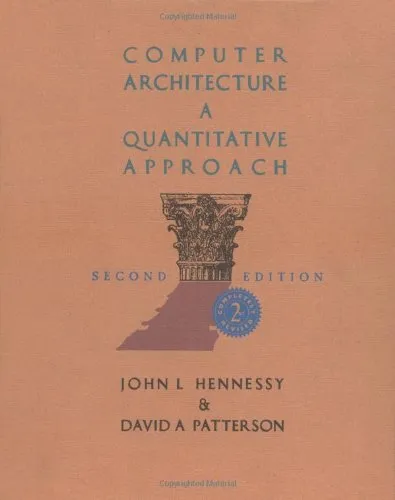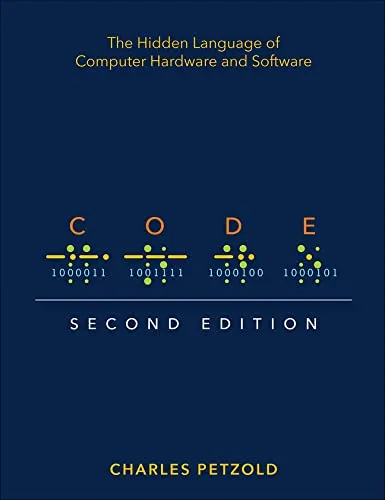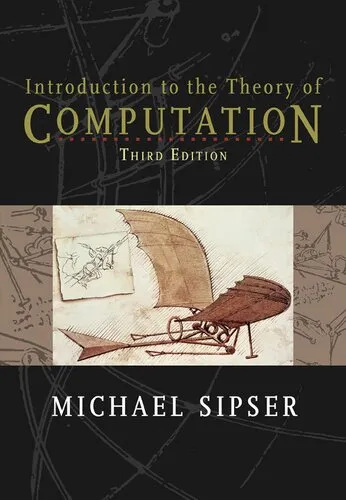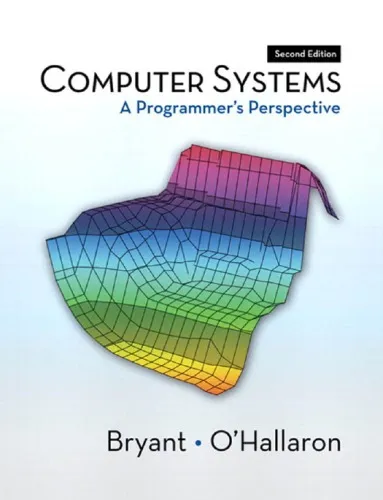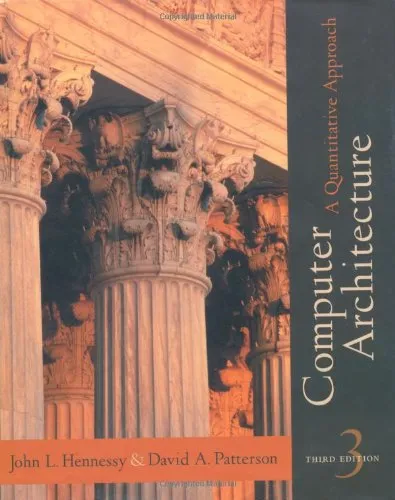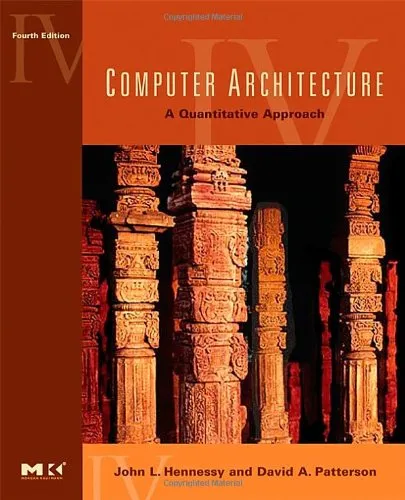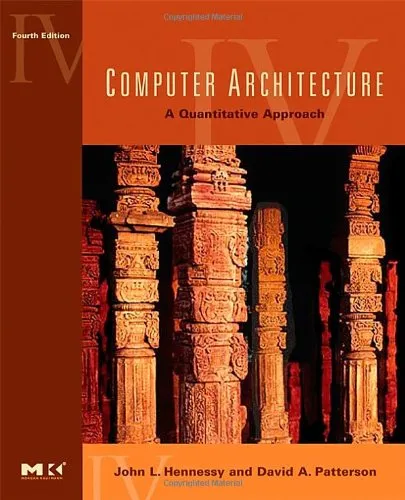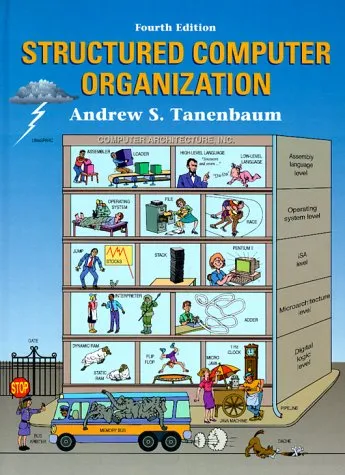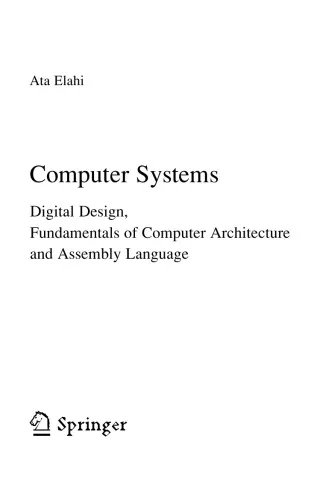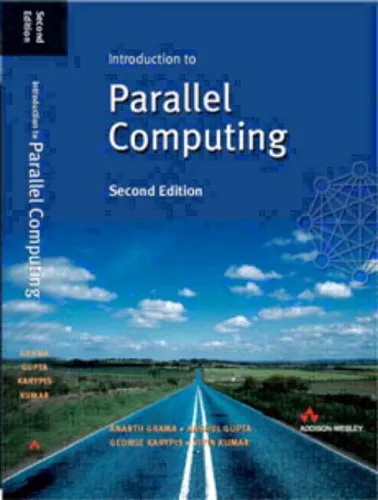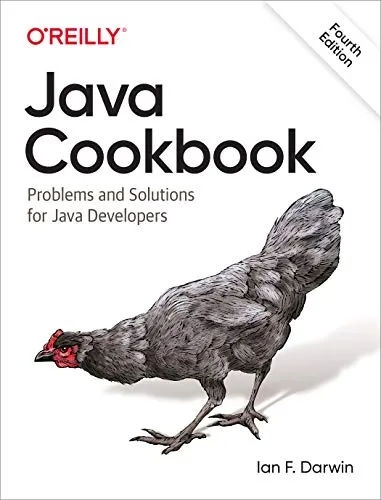Computer Architecture: A Quantitative Approach, 2nd Edition, 1996
4.5
Reviews from our users

You Can Ask your questions from this book's AI after Login
Each download or ask from book AI costs 2 points. To earn more free points, please visit the Points Guide Page and complete some valuable actions.Related Refrences:
Welcome to the comprehensive introduction to "Computer Architecture: A Quantitative Approach, 2nd Edition," authored by John L. Hennessy and David A. Patterson. This book is a seminal piece in the field of computer architecture, offering a solid foundation and thorough understanding of the principles that underpin the design and analysis of modern computer systems. Below, we explore various aspects and highlights of the book to give you a deep insight into what makes this edition a crucial component of any computer engineer's library.
Detailed Summary of the Book
Published in 1996, the "Computer Architecture: A Quantitative Approach, 2nd Edition" stands out as a cornerstone in computer engineering literature. The book bridges the gap between theoretical concepts and practical applications in computer architecture, focusing on a quantitative approach to design and analysis. The second edition introduced new and enhanced content on a variety of topics, including instruction set architectures, pipelining, memory hierarchies, and multiprocessors. It emphasizes performance issues and includes various performance analysis exercises accompanied by contemporary case studies. By integrating real-world examples, the authors successfully demonstrate the relevance and application of architecture principles in modern computer design.
Key Takeaways
- Quantitative Analysis: The book is lauded for its focus on quantitative assessments, enabling readers to grasp the framework required for measuring and analyzing computer architectures. The metrics provided are crucial for evaluating system performance and design alternatives.
- In-Depth Case Studies: Practical case studies provide context and contrast for the theoretical material presented. This helps solidify understanding and showcases real-world application of the concepts.
- Pipelining and Parallelism: The text delves into detailed discussions on improving processor performance through pipelining and parallel execution.
These essential techniques help understand how modern processors can execute multiple instructions per cycle. - Memory Hierarchies: By examining various memory hierarchy designs, the book provides insights into effectively managing trade-offs between speed, cost, and capacity in memory systems.
Famous Quotes from the Book
"The purpose of quantitative design techniques and the design of experiments is to provide a basis for decision making: measuring which alternative best meets the cost, performance, and power constraints of the system under design."
"Our goal is to enable the reader to design systems that can benefit from improvements in technology, changes in applications, and variations in the unpredictable costs and characteristics of technology."
Why This Book Matters
The relevance of "Computer Architecture: A Quantitative Approach" cannot be overstated. Its structured approach to complex topics renders it invaluable to students, academics, and professionals in computer engineering. The book plays an essential role in shaping a reader's understanding of the core principles driving efficient computer systems design. Since its publication, it has been adopted into curricula worldwide, proving its utility in both introductory and advanced courses. By staying at the forefront of technological advancements, the authors ensure readers emerge with applicable knowledge to tackle the challenges posed by the rapid evolution of computing technologies. This second edition, in particular, bridges past and emerging technologies, making it an essential read for comprehending the landscape of modern computing.
Free Direct Download
You Can Download this book after Login
Accessing books through legal platforms and public libraries not only supports the rights of authors and publishers but also contributes to the sustainability of reading culture. Before downloading, please take a moment to consider these options.
Find this book on other platforms:
WorldCat helps you find books in libraries worldwide.
See ratings, reviews, and discussions on Goodreads.
Find and buy rare or used books on AbeBooks.
1386
بازدید4.5
امتیاز0
نظر98%
رضایتReviews:
4.5
Based on 0 users review
Questions & Answers
Ask questions about this book or help others by answering
No questions yet. Be the first to ask!
